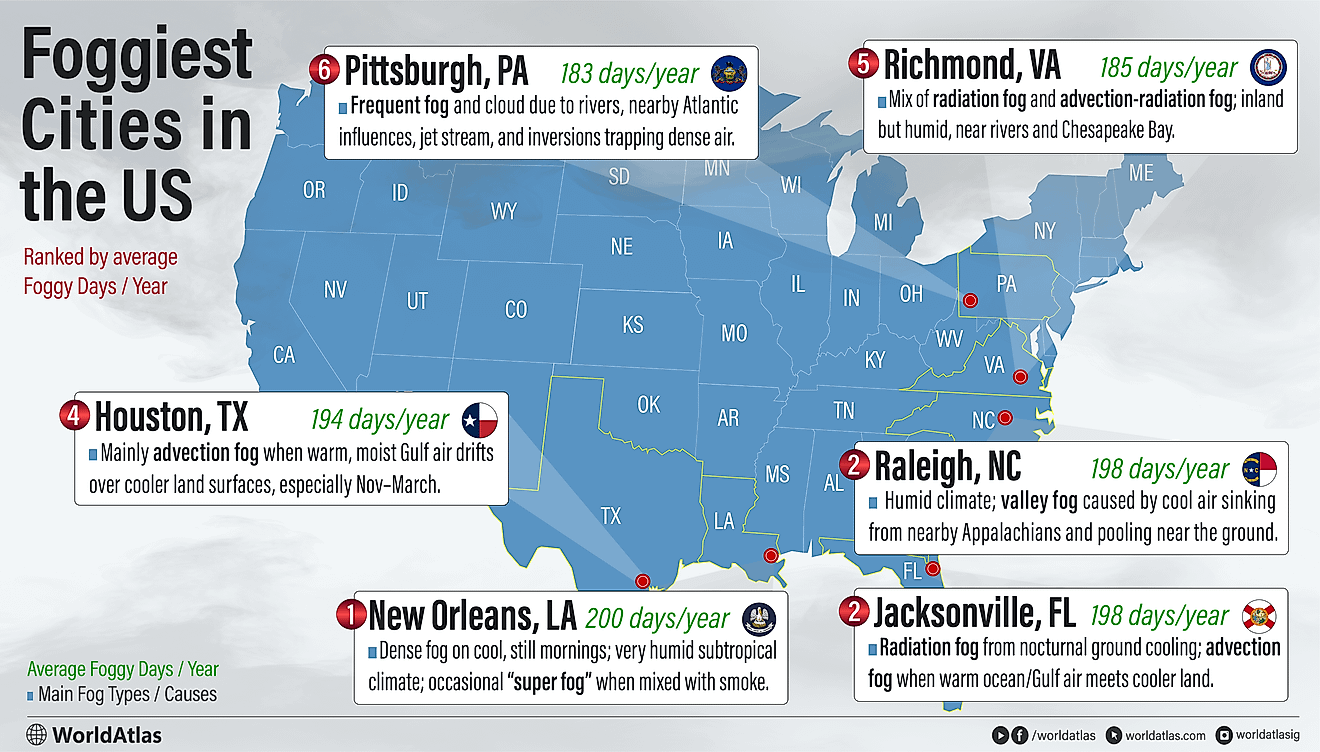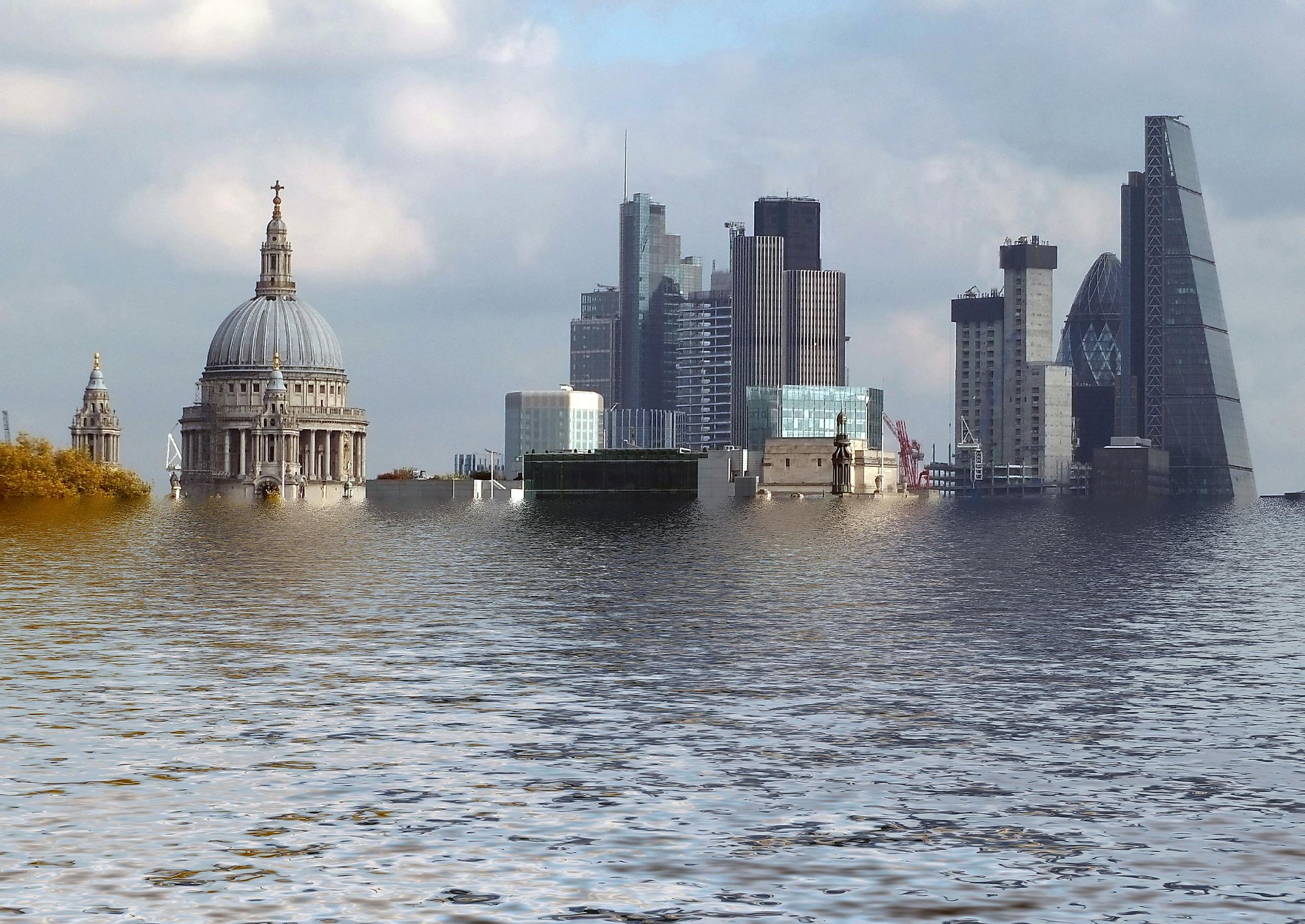
These 9 Cities Could Disappear By 2030
Some cities around the globe are prone to sinkage more than others for various reasons, including low elevations, coastal locations, and areas subject to flooding from monsoons and heavy rains. The changing climate that melts polar ice also alters weather patterns, including more and more brutal storms for areas previously unaffected by such natural "annoyances." Regions that face food shortages and waterborne disease suffer more, with flood waters causing damage to the crops and spreading illnesses at an exponential rate.
Although many cities at risk of sinking have prepared and innovated themselves by erecting protective measures such as dams and levees, they must face the consequences of the continuous global warming trend and its natural effects, including intensifying disasters. Scientists predict that parts of these nine cities will be underwater by 2030.
Miami, USA
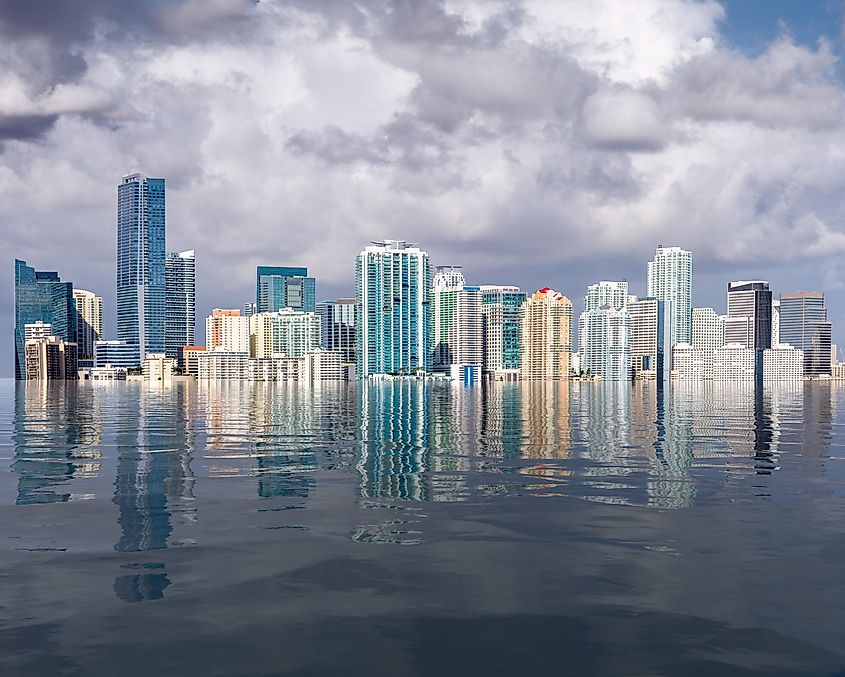
Miami's sea levels are rising at some of the fastest rates in the world, with clear signals of increased flooding that contaminates drinking water and causes major damage to the city's valuable infrastructure. Aside from an urgent response to halt climate change, Miami may have to strengthen its base and raise structures above water.
It is predicted that the hot and sunny city with renowned beaches lined by incredible nightlife may soon cease to exist. Climate change and rising sea levels can impact Miami Beach with serious consequences by 2050. The environmental writer Jeff Goodell says that Miami is "the poster child for a major city in big trouble" that could be underwater sooner rather than later based on hard facts.
The Business Insider quoted an environmentalist on the dire situation in that "there's virtually no scenario under which you can imagine [Miami] existing at the end of the century." His intentionally shocking predictions are meant to be an alarm of the potential floods that will start to wash away the beaches as early as in the next few years. The unraveling situation will also be too rapid and expensive for the government to save the beloved stretches of sand.
Bangkok, Thailand
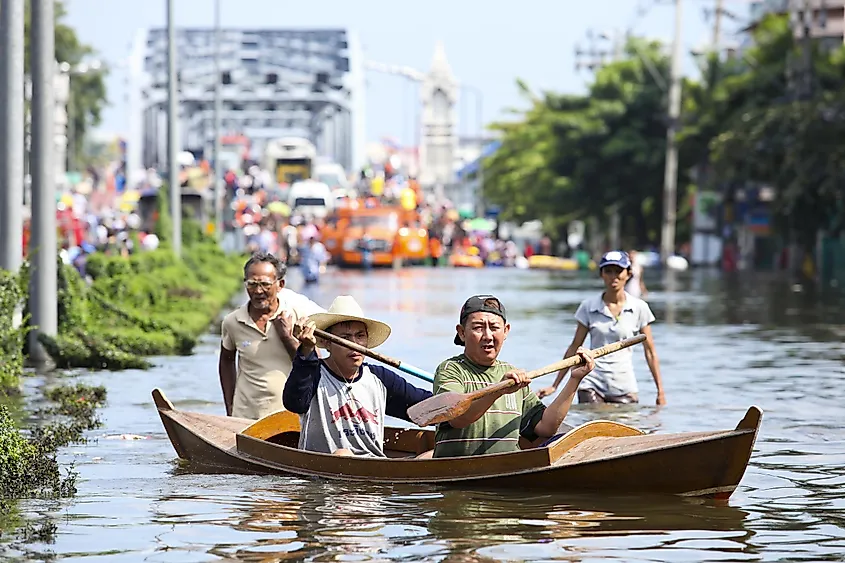
The famous tourist destination for all things dark and exotic for affordable American standards currently sits, sinking, at mere 1.5 meters above sea level. In fact, it is "drowning" much faster than many other cities in the world with the same fate, at an annual rate of about two to three centimeters. According to a 2020 study, the Thai capital is first in line to receive full-blow from the global warming effects. It is a short-term prediction, with more cities following suit, while Bangkok will continue into a spiraling downfall with little chance of recovering.
Moreover, the city, built on very dense yet soft clay soil, is prone to flooding. Scientists and the Guardian have reported that by 2030, most of the coastal Tha Kham and Samut Prakan areas and its main airport, Suvarnabhumi International, could all submerge underwater. The persistently heavy rainfall, rising water levels, and years upon years of groundwater extraction also have consequences in that the city will meet its fate sooner rather than later.
For a country where many live to survive, the floods cause further food insecurity and infrastructure damage, putting the lives of millions in immediate danger. The Thai National Reform Council reports that the capital city is likely to be in a detrimental position in under 15 years, and scientists predict that Bangkok will drown entirely by the next century. In 2017 the city inaugurated the "Chulalongkorn Centenary Park" green infrastructure to reduce urban flood risks and give citizens a nature-scape within the highly commercialized and industrious city. Current efforts to hold Bangkok above water and prolong its fate include improvements to some infrastructures, despite which the sinking persisted.
Amsterdam, Netherlands
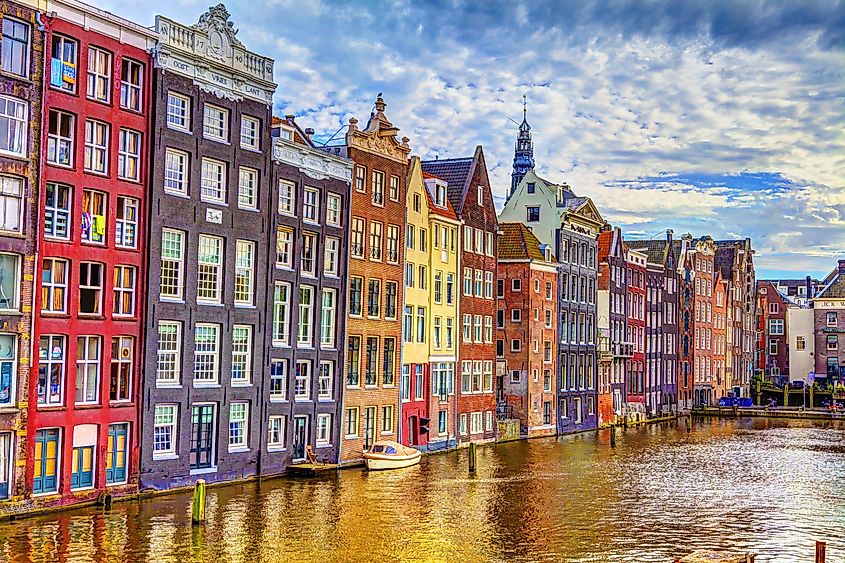
Much of the Netherlands is set below sea level. For more than a century, the beautiful country has kept itself afloat with the help of many dams that prevent city flooding. Major historical floods have killed tens of thousands of people, cattle, and other animals and sunk countless houses, cars, and other buildings and structures. The cities have rebuilt themselves times again, but the danger is imminent with the continuous sinking of the country from climate change effects. While innovative technologies prolong nature's deed, the progressing country also means more valuable infrastructure that can be destroyed in a matter of seconds.
The world-famous destination in Europe is known for bridges, marijuana, and unrivaled nightlife that may all be too soon over. Amsterdam and its brothers of misfortune, including Rotterdam and the Hague, are part of the "Low Countries Region," that are low, flat, and close to the North Sea. Despite the best efforts by the Dutch scientists that mastered the art of flood prevention, Amsterdam is inching to the direct line of rising sea levels to reach it in less than ten years and overstep in the following twenty, with likely, dire consequences. The country's advanced system of dikes, dams, barriers, levees, and floodgates must be kept under close watch and upgraded persistently in the years to come.
Basra, Iraq
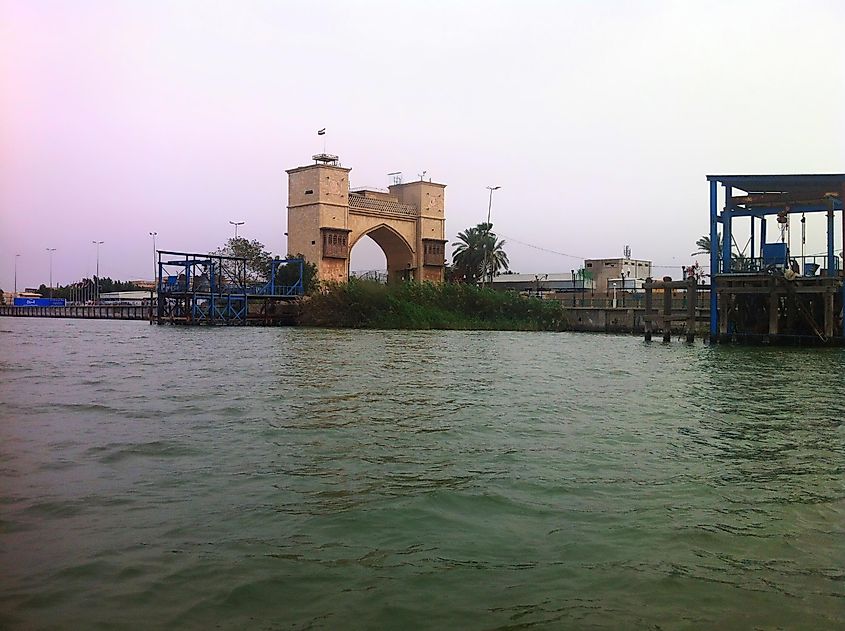
The Arabic city of Basra is a primary port city in Iraq, set along the immensely-wide and powerful Shatt al-Arab river. It drains into the Persian Gulf, along with the intricate network of canals and streams running through the city. The weight is intensified further by the surrounding soft marshlands that make the vulnerable areas especially susceptible to rising sea levels.
The natural forces drag the city downwards in the continuous sinking, with scientists predicting that Basra could be partially or completely submerged within ten years. It is a rather poor city, where many struggles to fight the persisting waterborne illnesses. Its already significantly suffering populace can see a quick turn for the worse with threats of increased flooding that will carry more disease, serious consequences, and detrimental results.
Georgetown, Guyana
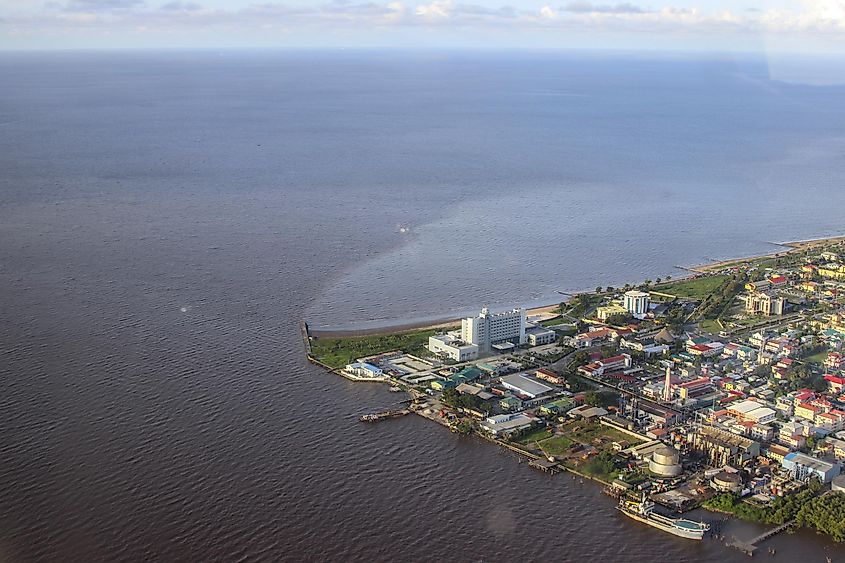
The Caribbean is among the most vulnerable areas to sinking, with historic Guyana's capital city among the top nine coastal locales in the world that are likely to drown by 2030. While the tropics are sinking at a different speed, the threat is immediate to some coastal areas, including Georgetown. The Guyanese coast requires constant upkeep and urgent long-term solutions to prevent destructive trends and its too-soon dire fate.
According to the Report of the IPCC (Intergovernmental Panel on Climate Change), scientific analyses based on observations have been fed into observations. The prospect for Georgetown is grim due to a twin threat. The drowning city at risk of submerging within ten years can only be saved by a miracle, if not by some miraculous scientific solution yet to galvanize.
The city has protected itself for centuries with "sea walls," a gigantic 280-mile-long wall in the sea that guards Georgetown against storms. Ninety percent of Guyana's population lives in coastal cities, like Georgetown, with most of its coastline set between 0.5 to one meter below high tide. The currently-urgent situation stands that the country needs to substantially bolster its sea wall to keep the city's central areas away from massive damage.
Ho Chi Minh City, Vietnam
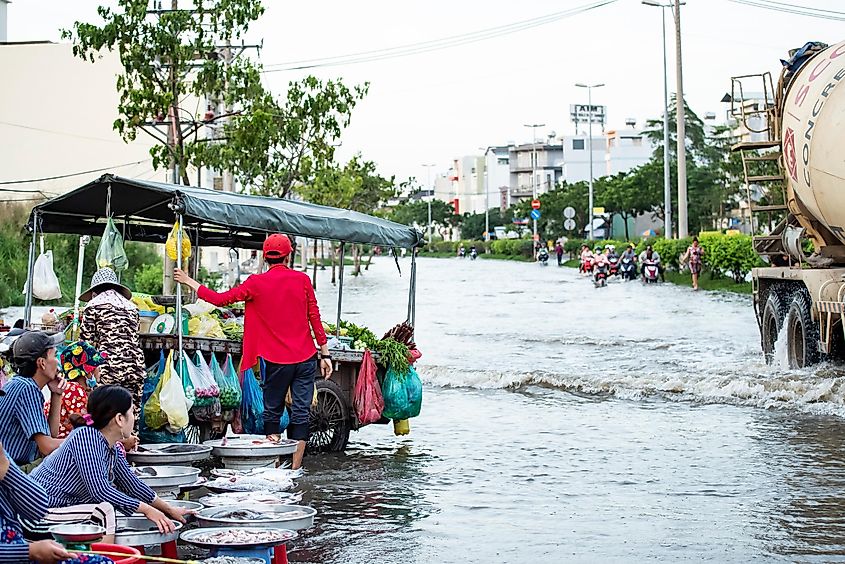
The city with parts along the Mekong Delta is seriously threatened by flooding and tropical storms. The fertile landscape which has been a blessing to the thriving region in Vietnam with people's lives revolving around agriculture, now appears to be their downfall.
Scientists predict that it is also highly likely that most of the eastern districts around the Mekong River will soon be rendered un-livable due to flooding and storms. The flat and heavily built-up marshy areas of Thủ Thiêm are especially susceptible to completely submerging under water before 2030. While the center of Ho Chi Minh City may be spared longer, it could be severely crippled by an extreme monsoon season.
Kolkata, India
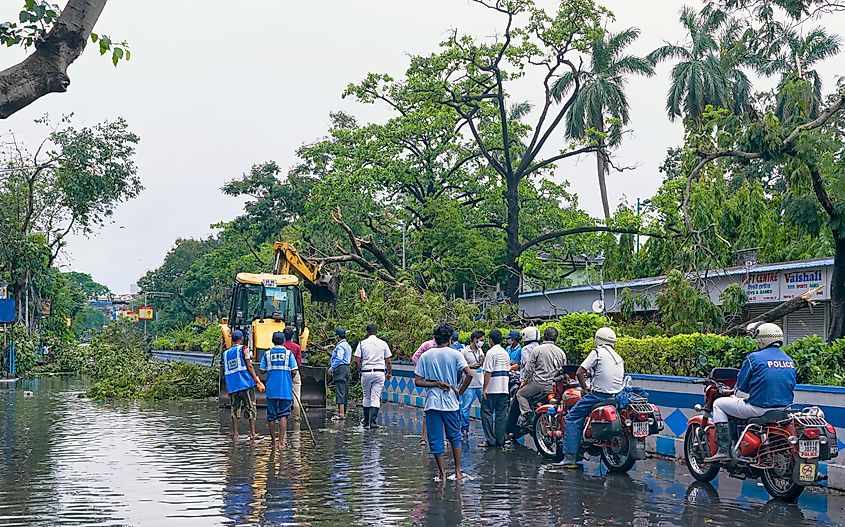
The large city capital of Kolkata in the West Bengal state of India is rapidly sinking. It is known for the raw Durga Pujo spectacle every year during the festival season, with locals and tourists enjoying the unique experience. The cultural and historical hub that has seen it all, and celebrates tradition in their daily lives is unprepared for such a "surprise." Moreover, its poor populace can rely solely on the masterminds in India's scientific field to preserve their traditional lifestyle and, literally, their lives by preventing a real disaster.
The quickly-developing challenge could see the city sink before 2030 due to immense flooding that seems to be coming its way and threatening large parts of Kolkata. The situation makes scientists around the globe question the existence of the fateful parts of the unstable, in terms of wealth distribution, country, by 2100. The alarmed political leaders are facing pressure to monitor and delegate appropriate actions in making adjustments to halt climate change and divert the situation.
New Orleans, USA
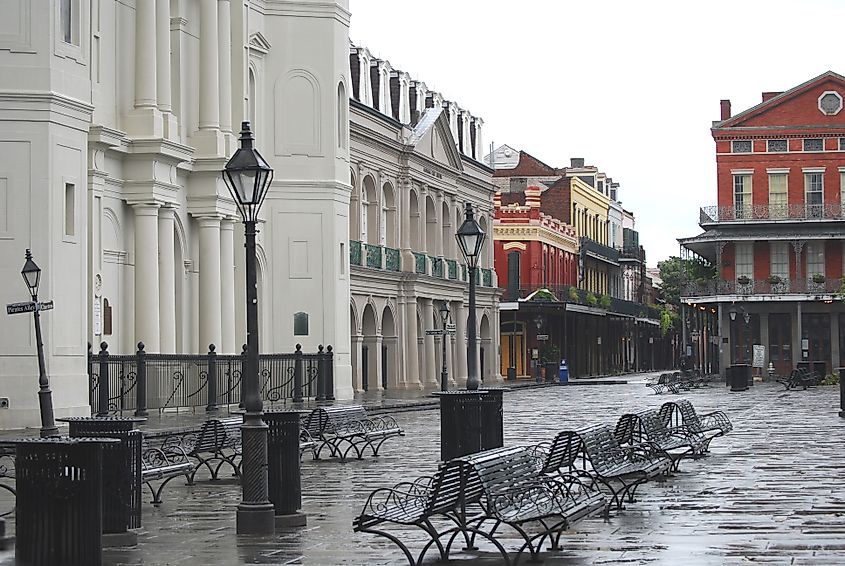
New Orleans, along with its rich history and diverse culture, is sinking at one of the fastest rates in the world, with parts as rapidly as two inches per annum. A 2016 NASA study predicts that the whole city could be submerged by the end of the century. New Orleans was 100% above sea level at the time of its first development back in the 1800s. In 1895, 5% of New Orleans was submerged below the ocean, and 30% by 1935. Now, over half of its breadth sits below the sea level, with parts of New Orleans as low as 15 feet sunk. These parts are most subject to the crisis, where climate change effects can irrecoverably sink them in the upcoming years.
The river delta location intensifies the situation by exposing the vulnerable city to further sea-level rise and flooding. Human activity also exacerbates the floods-frequency, including the city's oil and gas drilling. New Orleans boasts a renowned system of levees that keeps it afloat, especially the area with the swarm of red buildings around Lake Maurepas in the north and Lake Salvador and Little Lake in the south. Scientists predict that the quickly-unraveling situation will require the city to consistently monitor and literally "keep up" in innovative ways. The catastrophe appears to be most imminent for the Biloxi and Jean Lafitte wildlife preserves, which are already almost wholly submerged.
Venice, Italy
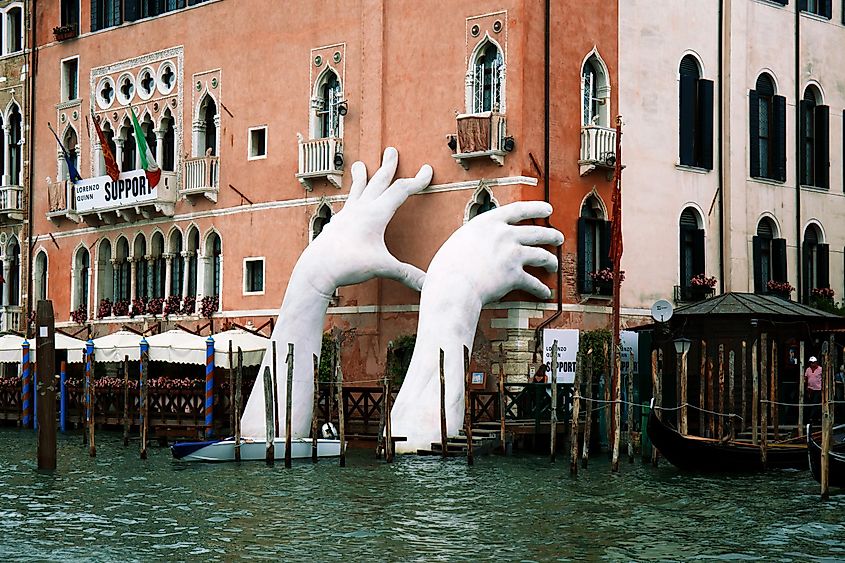
The renowned waterway network of Venice, beloved and immortalized by millions of tourists, may soon be too much for the city to handle. One must visit the bucket-list destination of bridges soon, as it may be an underworld-one next century. The beautiful city of Venice is sinking around 0.08 inches (two millimeters) each year while facing regular flooding and high tides. In 2018, the Lagoon City was hit by a series of intense storms that caused the worst flood of the decade, with the highest water levels in half a century the following year. In 2019, 90% of Venice was flooded, with the detrimental situation made worse by coastal erosion and groundwater pumping.
The city responded by jumping on the project to erect a flood barrier, Mose, that was designed back in the 1980s. Its construction began in 2003, still incomplete, consisting of 78 gates across three inlets. The government also took a recent initiative by banning the passing of large cruise ships through Venice to prevent further damage to the lagoon. The current system of flood defense holds Venice afloat but is likely going to become more difficult and expensive to stay on-top-of. The direct effects of climate change in rising sea levels, the sinkage, and the frequency of high tides that can submerge the city entirely, require more protective measures.
Global warming is affecting all territories equally through unpredictable weather patterns that worsen the current problems of each country. According to the Union of Concerned Scientists (UCS), the flattest country on Earth, the Maldives is made up of 1,200 small coral islands that are home to 540,000. The ocean will consume 77% of its land area by 2100 should its sea level rise just 1.5 feet (45 cm).
In the Pacific, at least five "vegetated reef islands" of the Solomon Islands have disappeared, with more are following suit. As such, for the 3 million Pacific islanders that live near the coast of a low-elevation locale, this means imminent relocation to the other side of the country, according to the Science and Development Network.
Thus, sinking cities and countries are the norms of the current times. There is very little time for remedy, yet hardly enough remedial measures are adopted to stop the catastrophe. It is a time for the world to act unitedly or else meet a disastrous fate together.










